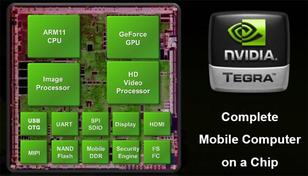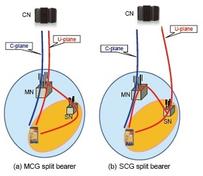Pipeline vs. Parallel Processing
Advertisement
Pipeline and parallel processing are key techniques in computer architecture aimed at improving computational efficiency and performance. Pipeline processing involves overlapping stages of instruction execution to enhance throughput, while parallel processing distributes tasks across multiple processors or cores to accelerate overall task completion.
Pipeline Processing
Pipeline processing is a technique used in computer architecture where multiple instruction phases are overlapped to increase throughput and efficiency. The process is divided into distinct stages, such as instruction fetch, decode, execute, and write-back. As one instruction moves from one stage to the next, other instructions can enter the pipeline at different stages, allowing for continuous processing. This approach effectively maximizes the use of processor resources and reduces the time it takes to execute multiple instructions by breaking the overall process into smaller, manageable segments.
Example: In a five-stage pipeline, while one instruction is being executed, another is being decoded, and yet another is being fetched, leading to improved overall processing speed.
Parallel Processing
Parallel processing involves the simultaneous execution of multiple tasks or processes to achieve faster computational performance. It utilizes multiple processors or cores to handle different tasks or parts of a task at the same time. This approach can be applied at various levels, including data-level parallelism, task-level parallelism, and instruction-level parallelism. By distributing tasks across multiple processing units, parallel processing can significantly reduce the time required to complete complex computations and improve overall system performance.
Example: In a multi-core processor system, different cores can execute separate threads of a program simultaneously, speeding up the execution of multi-threaded applications.
Difference between Pipeline and Parallel Processing
| Aspect | Pipeline Processing | Parallel Processing |
|---|---|---|
| Concept | Overlaps different stages of instruction processing to improve throughput. | Executes multiple tasks or processes simultaneously across multiple processors or cores. |
| Execution Style | Sequentially processes instructions in stages, with each stage handling a different instruction phase. | Simultaneously processes multiple tasks or parts of tasks, distributing work across multiple units. |
| Focus | Increases the efficiency of single-threaded instruction execution by overlapping stages. | Enhances overall computational performance by executing multiple tasks or threads concurrently. |
| Hardware Utilization | Utilizes a single processor by dividing instruction execution into discrete stages. | Utilizes multiple processors or cores to handle different tasks or data in parallel. |
| Throughput | Improves instruction throughput by overlapping stages but may suffer from pipeline hazards. | Improves overall performance by reducing the time required for task completion through parallel execution. |
| Complexity | Requires careful design to manage pipeline hazards and ensure smooth operation. | Requires effective distribution and coordination of tasks among multiple processing units. |
| Application | Suitable for improving the efficiency of sequential tasks and instruction execution. | Suitable for applications requiring high-performance computing and the ability to handle multiple tasks simultaneously. |
Conclusion
Both techniques aim to optimize processing speed but operate in fundamentally different ways: pipeline processing enhances single-threaded performance by refining instruction execution stages, whereas parallel processing boosts overall performance by leveraging concurrent task execution across multiple processing units. Understanding these approaches helps in designing systems that effectively balance performance and resource utilization.
Advertisement
 RF
RF



